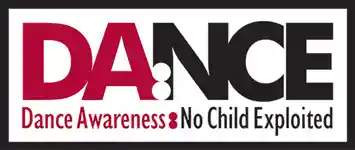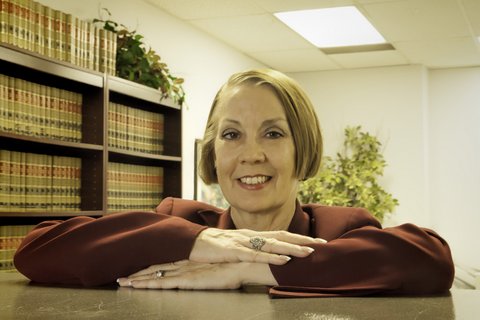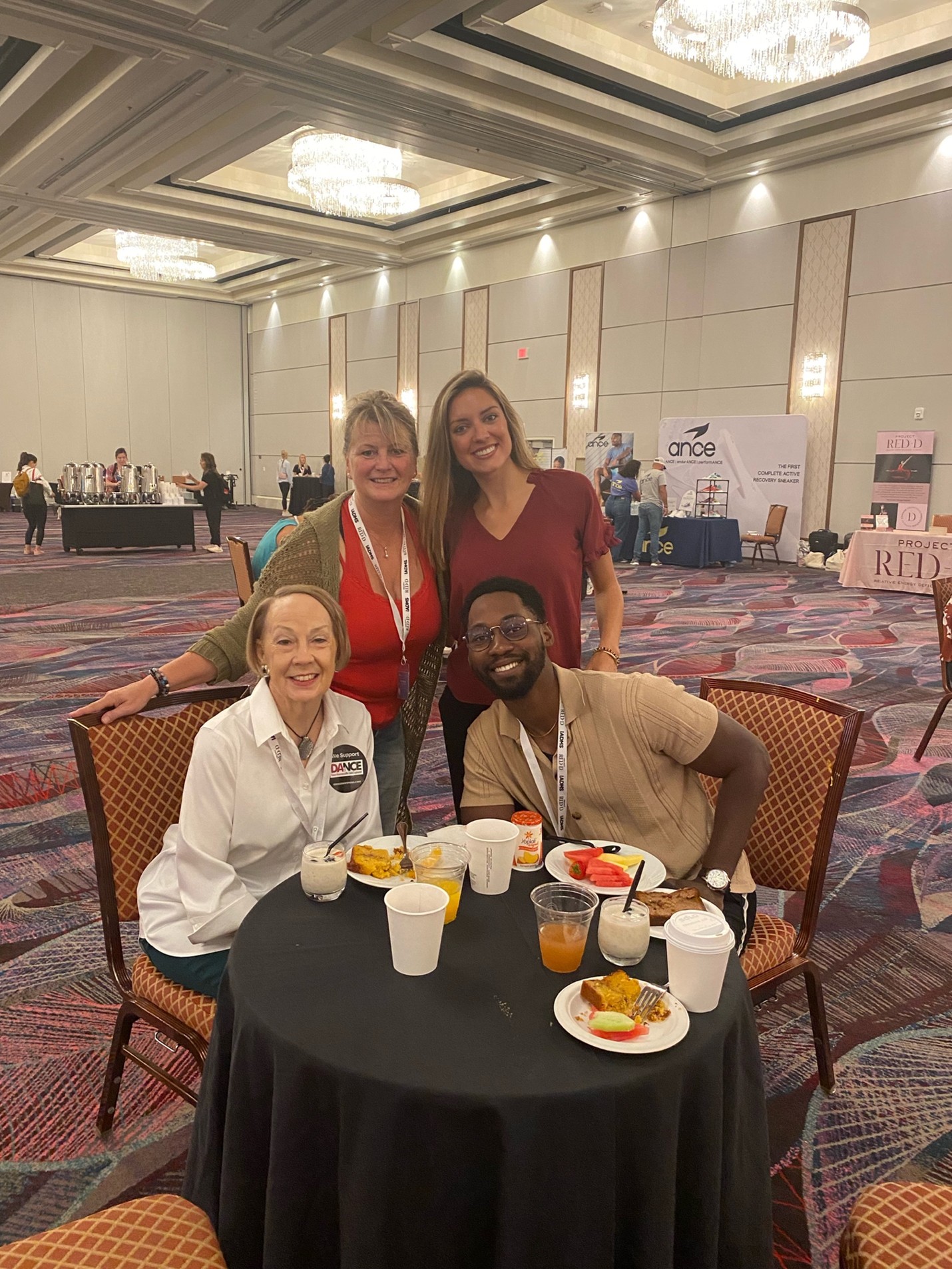“There has been a cultural shift from healthy, educational children’s dance to harmful, hypersexualized children’s dance at younger and younger ages. The art of children’s dance has been high-jacked.”
Mary Bawden was a little girl who wanted to dance. 
I dreamed about it. All the time. I begged my mother for lessons. All the time. But we moved 6 times in my first 12 years. My parents were always changing schools, churches, doctors, dentists for me and my 3 other siblings. Investigating dance was not on the priority list. So, begging continued.
When I finally started ballet at 11 years of age, the lessons aligned with my dreams. Through movement, I felt a healthy change inside my heart that integrated mind, body and spirit. That produced what the overwhelming research reveals about the art of dance for children: improved cognitive and academic development, confidence, creativity, relational maturity and so much more.
It should be no surprise to you that dance became an integral part of my identity. After I completed high school, I received a BA in modern dance from the University of California at Riverside and a Master’s degree in worship with an emphasis in dance from Hope International University in Fullerton CA. Those degrees supported the church dance ministry I led for over 20 years. Movement was a joy. Actually it became worship. I even wrote a book about it.
Sometime along the way, I started to notice a cultural shift in the art form of dance; it came gradually with no definitive boundaries. A quiet, silent darkness began to distort dance. I was particularly disturbed by how it impacted children. Without realizing it, the dance environment went from healthy, educational children’s dance to harmful, hypersexualized children’s dance in adult costumes, choreography and music. And it has occurred with children of younger and younger ages.
While the positive research outcomes for healthy, holistic educational children’s dance are clear, the APA research outcomes for harmful hypersexualized children’s dance indicate lifelong pathology. They range from depression, poor academic performance and body dysmorphia to eating disorders, early pregnancy, a higher risk of abusive relationships, porn objectification, and the promotion of a rape culture. Physical and emotional injury from hypersexualized children’s dance also extends to abusive internet connections. Harmful dance has led online predators to contact dance students when they post dance videos from their classes on unfiltered social media platforms. Then, last but not least, the national spotlight on the growth of hypersexualized dance grooms children for future relationship abuse. Why? Because children copy what they see. Brain research refers to this process as ‘mirror neurons.’ It is a key aspect of child development. Moreover, children who are exposed to adult sexual material experience neurological stress. Their brains are simply not mature enough to handle the exposure to adult sexual material. They are also more likely to develop impulsive behavior and are less able to think critically. Not only does this affect brain development but it leads to trauma outcomes from PTSD (post-traumatic stress syndrome) to ACE (adverse childhood experience). Last but not least, the research shows that adults who watch hypersexualized children in dance see that child as someone not deserving dignity, lacking an independent mind, and unintelligent. That’s made it easy to de-humanize a child, commodify them and be violent with them. It’s a perfect storm. Low cultural awareness of inappropriate media exposure coupled with financial greed from corporations is center stage. Researcher Philip Adams has coined the term ‘corporate paedophilia’ to describe how we use children to make money for adults.
“Corporate paedophilia is a metaphor which describes the selling of products to children before they are able to understand advertising and thus before they are able to consent to the process of corporate-led consumption. The metaphor draws a parallel between actual paedophilia, the use of children for the sexual pleasure of adults, and corporate use of children for the financial benefit of adults who own and manage corporations.”
All of these harmful dance factors normalize what is not normal. It’s a complicated story founded on inappropriate exposure to adult sexual issues and a culture taken by surprise. Several years ago, I started on my own personal journey of education and awareness. As an adult choreographer, I taught a little girl healthy dance. After she grew up, I was encouraged to attend her student led college dance concert. Initially, I was thrilled to go; then I became disturbed. Instead of art, I saw hypersexualized dance accompanied by catcalls from men during the 2-hour concert. I hoped it was an aberration. When I attended the concert the next year I expected to see different choreography, costumes and music, but I was shocked. That concert was even more disturbing. By the way, that program did not resemble anything that had been a part of my university dance education or any personal dance experience. I was deeply grieved to see women choosing self-objectification in adult costumes, choreography and music, but after all these were adult college students over 18 years of age. That silenced my soul until……..
I saw the same kinds of dances in high school dance concerts, junior high dance concerts, elementary school dance concerts, and then in the pre-school classes. It was a nightmare that came to life. If you peek into my heart, you’ll understand why I founded DA:NCE(Dance Awareness: No Child Exploited). As a dance educator and a caring adult, who experienced the joy of healthy dance, I felt/feel a need to educate others about this dangerous trend so that we might protect children and protect the art of dance. There is a huge difference between healthy and harmful dance. The differences need to be defined so that people can make informed choices.
To clarify the process, and keep you current about the differences between healthy and harmful dance, use these simplified definitions to educate others:
Healthy dance: In healthy dance which equals educational dance, children look like children and are dressed in age-appropriate costumes, choreography and music usually accompanied by a wonderful sense of joy.
Harmful dance: In harmful dance which equals hypersexualized dance, children look like adults and are dressed in adult costumes, choreography and music usually accompanied by adult hairstyles and makeup.
Remember, children are not mini-adults. They are children who need time and space to develop physically, mentally and emotionally. So, what is the solution to stop the hypersexualization of children in adult costumes, choreography and music? How can we engage in protecting children but not get overwhelmed? The issue itself is complicated but the solution isn’t. Below are practical steps that you can share in your relational world with the adults around you. It happens one person at a time.
- IDENTIFY the problem with awareness. We can’t address what we don’t have the courage to name. Understand the differences between healthy and harmful dance.
- Make informed choices.
- Educate adults with practical tools from DA:NCE on danceawareness.com: newsletter, ebook, short videos, trailers, powerpoints and research. All materials are free.
- Understand, YOU are the protective factor for children in dance. YOU are the ‘take action’ prevention. WE are the key to prevent grooming & abuse in children’s dance because we are the adults who supervise the choice of dance studios for children, access to the internet and inappropriate media exposure. By the way, you should know that this trend is not necessarily related to the dance industry. Many parents are pressuring dance studios to hypersexualize children. I am seeing uninformed adults in all cultural categories.
As you educate others about this topic (and join the DA:NCE Team), it’s helpful to understand the 4 educational goals of DA:NCE so I’ve listed them below. They provide the ‘why’ of what DA:NCE does:
- To protect children from hypersexualization in adult costumes, choreography and music, and to protect the art of dance
- To create free research materials to give adults informed choices about the differences between healthy or harmful dance
- To engage in respectful conversations about hypersexualization without shaming/demonizing adults or dance studios so that there is a path for reflection and changed perspectives
- To communicate the hypersexualization of children in dance and its connection to the public health issue of pornography with bipartisan engagement
Join me in the journey to protect children and protect the art of dance. Go to danceawareness.com to engage your mind, heart and body with the tools to overcome a dangerous trend. And take note. This trend affects all children, not just children taking dance lessons. I’m going to repeat that. It affects all children, not just children taking dance lessons. All children are being exposed to a pornified culture. The solution to hypersexualized children’s dance is NOT solved by taking kids out of dance. Research shows that harmful dance impacts children whether they dance or not because of the on-going media/internet exposure to the porn industry. Remember that healthy dance is a wonderful activity for children of all ages (and adults too). Actually the solution to harmful dance is healthy dance because research shows that healthy dance engages mind, body & spirit: the whole person. And that’s how we need to see every child: a full human who needs caring adults to navigate a complicated culture.



